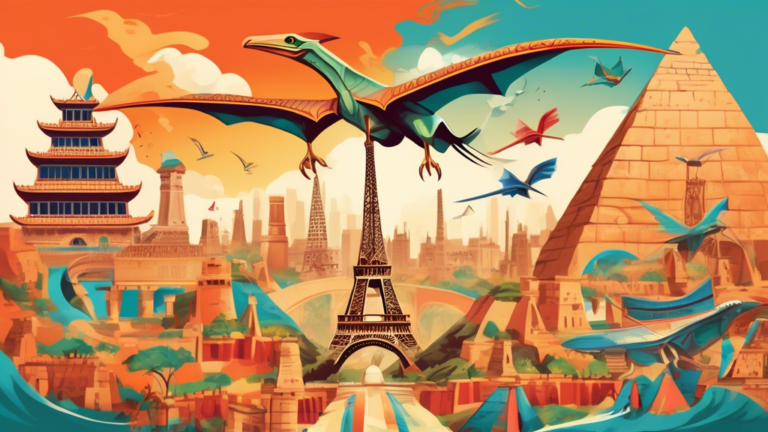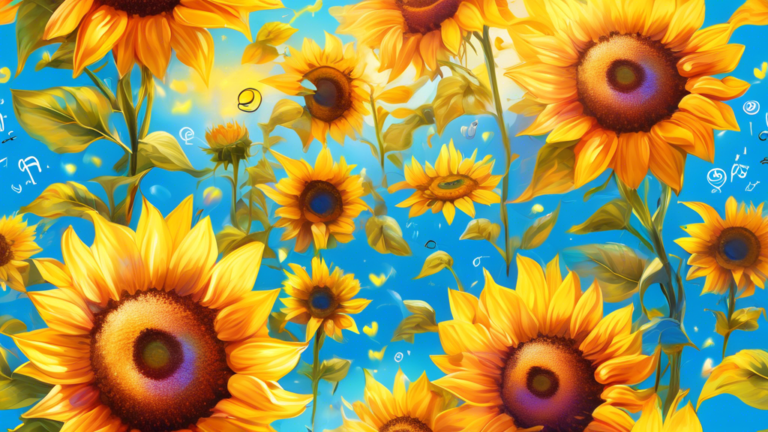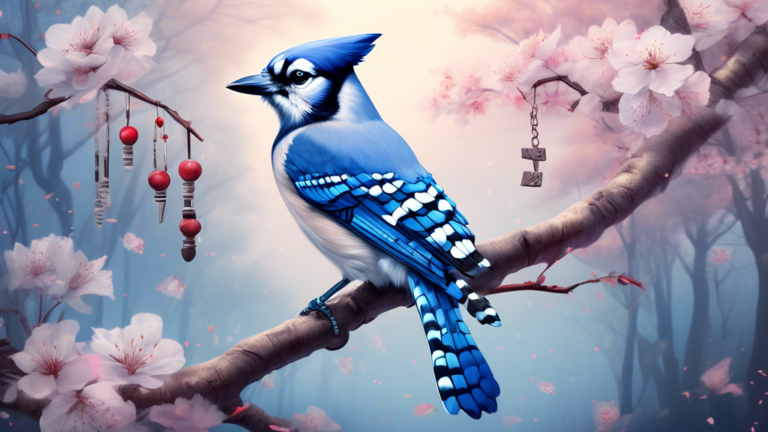Exploring the Symbolism of the Roadrunner
Introduction to the Symbolism of the Roadrunner
The roadrunner, a bird native to the deserts of the American Southwest, has a strong presence in both physical and mythical realms. Known scientifically as Geococcyx californianus, this bird belongs to the cuckoo family and is famed for its distinctive appearance and remarkable speed. The roadrunner’s symbolism is rich and varied, encompassing themes of protection, intelligence, and adaptability, deeply rooted in Native American cultures and beyond.
Natural Characteristics of the Roadrunner
The roadrunner is a large, ground-dwelling bird, notable for its long legs, streaked appearance with a distinctive crest, and an elongated tail used for steering while running. One of its most remarkable traits is its speed, as it can run up to 20 mph to catch prey or escape predators. This bird is omnivorous, feeding on insects, reptiles, and small mammals, demonstrating its adaptability and resourceful nature.
Cultural and Mythical Significance
The symbolism of the roadrunner is deeply integrated into the cultures of Native American tribes, particularly those in the Southwestern United States. These meanings explore aspects of survival, wit, and spiritual protection.
Symbol of Speed and Agility
In many cultures, the roadrunner is seen as a symbol of speed and agility. This characteristic is often interpreted as the ability to quickly evade threats and outwit predators, representing cleverness and the capacity to think on one’s feet. The roadrunner’s speed is not just physical but also symbolic of the quickness of the mind.
Protector Against Evil Spirits
Among Native American tribes, such as the Hopi and Pueblo, the roadrunner is considered a guardian that wards off evil spirits. A common belief is that the roadrunner’s distinctive X-shaped footprint confuses harmful spirits, causing them to follow the path in circles and thus, protecting the home and family. This attribute highlights the bird’s role in spiritual protection and safety.
Symbol of Adaptability and Survival
The harsh environments of the desert where the roadrunner lives require high levels of adaptability and ingenuity for survival. This has elevated the bird to a symbol of adaptability in the face of adversity. Its ability to thrive in such conditions reflects themes of resilience and resourcefulness.
Representation in Native American Mythology
In Native American mythology, the roadrunner often features as a clever trickster or a wise figure that outsmarts other animals. These stories commonly serve to teach important survival and moral lessons, illustrating the values and teachings of the culture.
Modern Interpretations and Symbolic Uses
In contemporary contexts, the imagery of the roadrunner continues to resonate. The bird’s association with speed and its vibrant energy have made it a popular mascot and cultural icon, notably embodied by the Road Runner character in the Looney Tunes cartoons. This usage amplifies the bird’s playful and cunning characteristics, bringing a sense of humor and light-heartedness to its symbolism.
Conclusion
The symbolism of the roadrunner is multi-faceted, reflecting themes of intelligence, protection, and adaptability. From its roots in Native American cultures to its presence in modern media, the roadrunner remains a powerful symbol of survival and wit. It embodies characteristics valuable both in the wild and among humans, representing a bridge between nature and culture, and inspiring those who look to it as a symbol of agility and strength in the face of challenges.
The Symbolism of Rainbows: Meanings and Interpretations
Exploring the Symbolic Meanings of Quail







